I've always understoood the meaning of bokeh as the 'quality' of the oof areas of the photo, whether in the background or foreground. The quality of the bokeh in photos can be subjective but the meaning of the word 'bokeh' is not.
When reading discussions about this topic on different forums I've seen many people confuse bokeh with
dof, and some think that the oof areas of the photo ARE bokeh but they're not, it's the how pleasing these oof areas are to look at. Hence the
dof can be too shallow but you can't have too much bokeh.
Too me creamy backgrounds are nicer.








 Thanks useful information:
Thanks useful information: 



 Digital & film, Bits of glass covering 10mm to 500mm, and other stuff
Digital & film, Bits of glass covering 10mm to 500mm, and other stuff





 Reply With Quote
Reply With Quote Add To Bookmarks
Add To Bookmarks
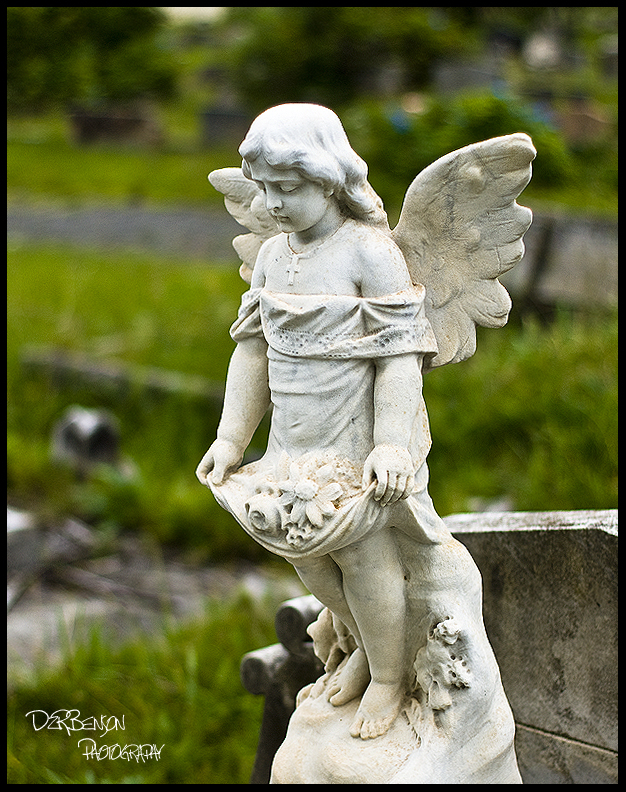
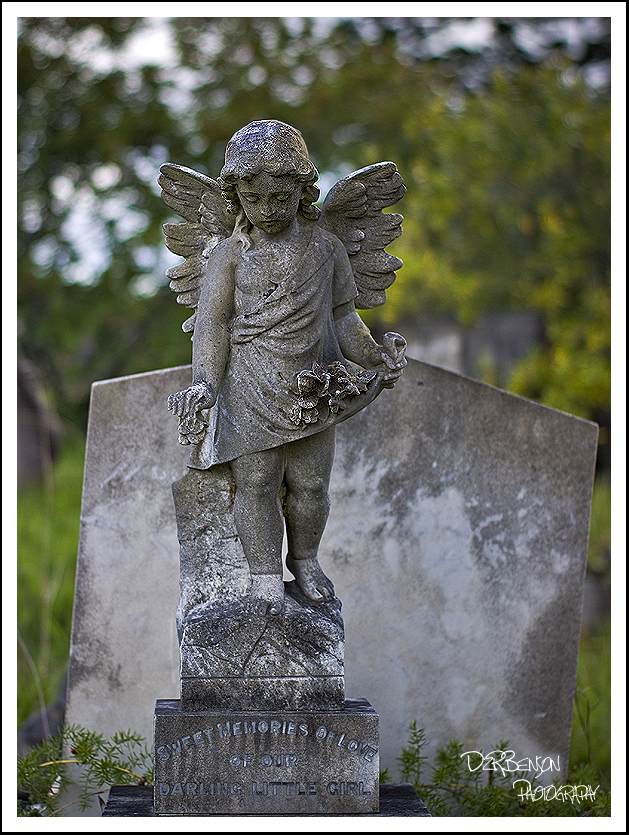
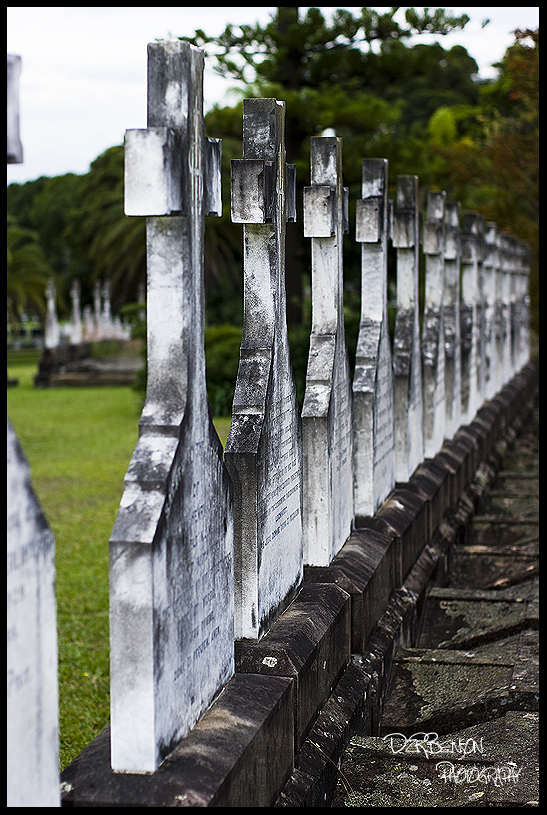
 Threadstarter
Threadstarter


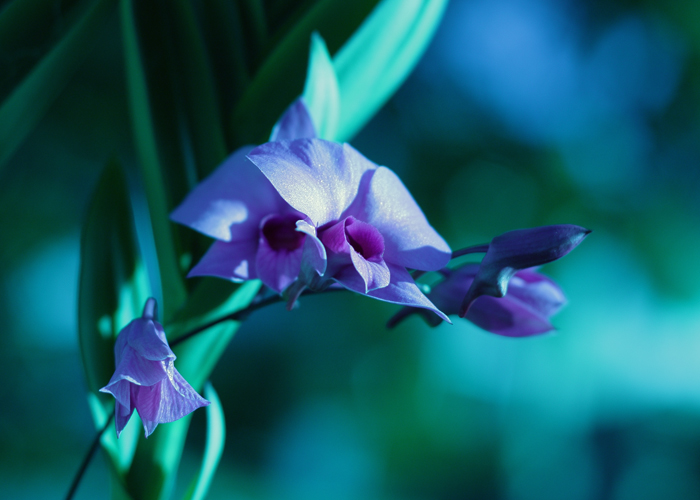
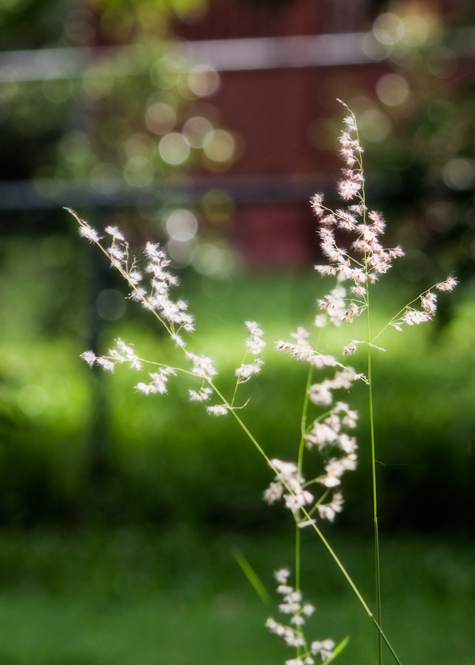













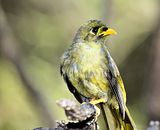


 (D90 & D300S)
(D90 & D300S)

